The Scottish Government’s independent advisor on coastal erosion has warned that sea level rise is a “sleeping giant”.
In an interview with The Courier, NatureScot’s Dynamic Coast project manager, Dr Alistair Rennie, has warned that adapting to the impacts of climate change is as essential as mitigation and greenhouse gas reductions – and the time to plan for it is now.
He said the 11 named storms last winter, many of which had substantial impacts on the Fife and Angus coasts, are a “lens on the future”.
They underline the importance of infrastructural adaptation plans that will help set out how to deal with sea level rise – which could be up to 1m by the end of the century.
However, he warned that even if net zero was reached tomorrow, there would be an 80-year “lag” before sea level rises stabilised and potentially fell.
This means that some difficult decisions may lie ahead, depending on localities and infrastructural priorities.
In our series, The Courier is highlighting the dangers of rising sea levels and destructive storms, and demanding councils and government act now before it is too late.
Rare weather events will become more frequent
“Domestically, we are fortunate enough to have grown up in a part of the world that’s quite quiet and civilised,” said Dr Rennie.
“That’s why we’ve enjoyed living here as communities and as Scots and northern Europeans. We’ve been blessed.
“But these things are starting to be challenged in terms of storm intensities and the extreme heat we are getting.
“Sea level, meanwhile, is like the sleeping giant in the background.”
The expert was responsible for commissioning and managing the research that led to the publication of Dynamic Coast’s flood prediction maps in 2021.
He continued: “It kind of acts like inflation in the economy. It’s a small number that’s terribly influential, and increasingly so.
“That’s kind of what we are going to see in the near future with sea level rise.
“What we’ve just had with 11 named storms and several unnamed storms that did a lot of damage as well, gives us a wee window into the future of what’s coming down the tracks.
“Because if you’ve got a 50cm wave, in 50 or 70 years time, that’s going to be a 50cm wave on top of a 50cm wave. Effectively it’s reaching a metre.
“So these really rare events that we think are rare now are going to become more frequent.
“What we’ve been seeing is a lens on the future. So it’s a good thing that we are starting to wake up and realising that adaptation is key.”
Sea level rises are ‘baked in’ – so the time to adapt to what’s coming is now
Dr Rennie believes that “whatever happens”, any benefits are not going to be seen for at least 80 years in terms of sea level rise.
The changes coming from a coastal perspective are “baked in”, he said.
“That’s different to air temperature,” he added, “If we cut emissions – if we get net zero tomorrow – air temperatures fall quite rapidly. But there’s that much lag in the marine environment it takes much longer to turn that stream off.
“So while we’ve got to cut emissions, we’ve also got to get our house in order when it comes to infrastructure whether we cut emissions or not.
“It’s either bad news or it’s really bad news.”
Dr Rennie said two of the top eight most at risk coastal authorities in Scotland have started this adaptation planning work.
Four more are expecting to start a Coastal Change Adaptation Plan this year.
But he warned that climate change impacts aren’t going to wait for us.
“Storm Babet in October had far reaching impacts across the east coast – with impacts stretching from the railway near Wick, to the harbour at North Berwick and many communities in between,” he said.
“We are aware of at least 55 locations which have been affected – more than half of these are in Fife following storm Babet and Ciarán.
“The Met Office tell us we see quiet years, followed by stormy years -so, some of this isn’t that surprising.
“However, we aren’t used to the frequency of storms we’ve had this year, which means the beaches have less time to recover.
“Given that sea levels are accelerating with climate change this is a sign of things to come.”
St Andrews is a good example of ‘place specific’ adaptation to erosion threat
Scotland has over £20 billion of assets at the coast, with coastal erosion and coastal flooding one of Scotland’s most severe climate risks.
The Scottish Government has committed £12m of funding to local authorities to develop Coastal Change Adaptation plans.
Adaptation is very place specific, but Dr Rennie said there are great examples starting to develop across Scotland.
They include the work St Andrews Links Trust and Fife Council have been doing to improve the resilience of the dunes that protect their world-famous golf courses, as recently featured in The Courier.
They’ve been feeding beaches and building dunes, whilst improving visitor access and biodiversity.
The extra dunes are viewed as sacrificial and have absorbed huge amounts of wave energy this year.
Following Dynamic Coast advice, they recently bought adjacent farmland to support long-term adaptation options.
Montrose dune investigation work is also an important piece of erosion work
Another example, he said, is the work being carried out by Angus Council to explore ways to address rapid erosion at the dunes at Montrose, to ensure the dunes continue to provide flood protection to the properties inland.
A mountain of sand totalling more than a million tonnes could be added to Montrose beach in the next decade to protect the town from the North Sea.
Dr Rennie says the Montrose dunes is an “interesting space” to understand past change and then project that change forward, which is what part of his job was when producing the Dynamic Coast maps and saying ‘what if’.
”These aren’t trivial changes that we are seeing,” he warned.
“A lot of the climate metrics, the emissions, the temperature variations whether that’s atmospheric, marine, sea level rise – none of this stuff is going the right way.
“The consequences of that are very far reaching.
“How that will be visited upon us, we are starting to appreciate. So some of that’s through heat waves globally, some of that’s through increased wildfires, increased storm intensity.
“But we’ve got to realise coastal erosion and flooding is going to continue as a big issue, and we must start adapting to that now.”
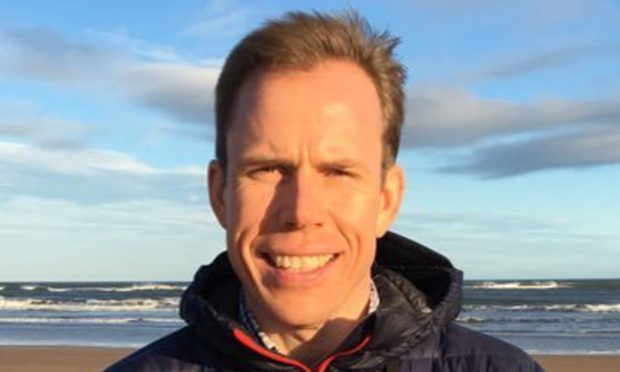
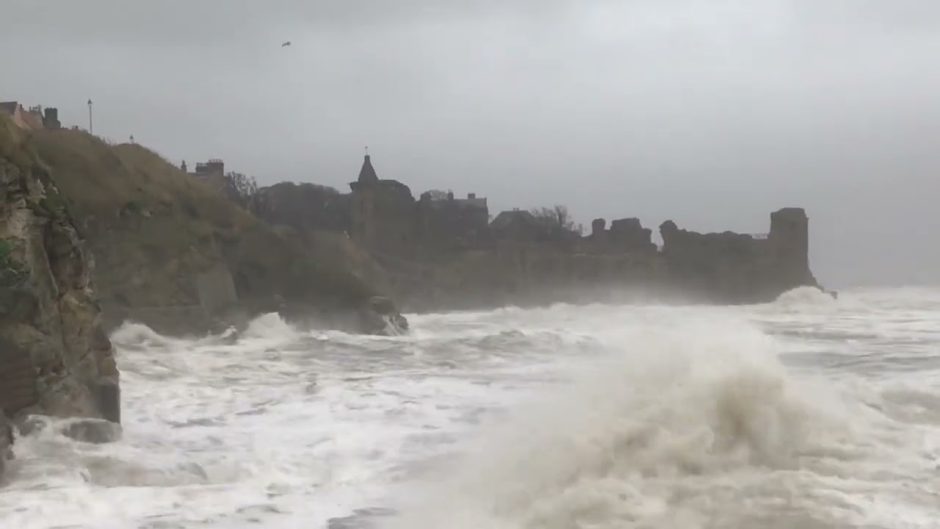
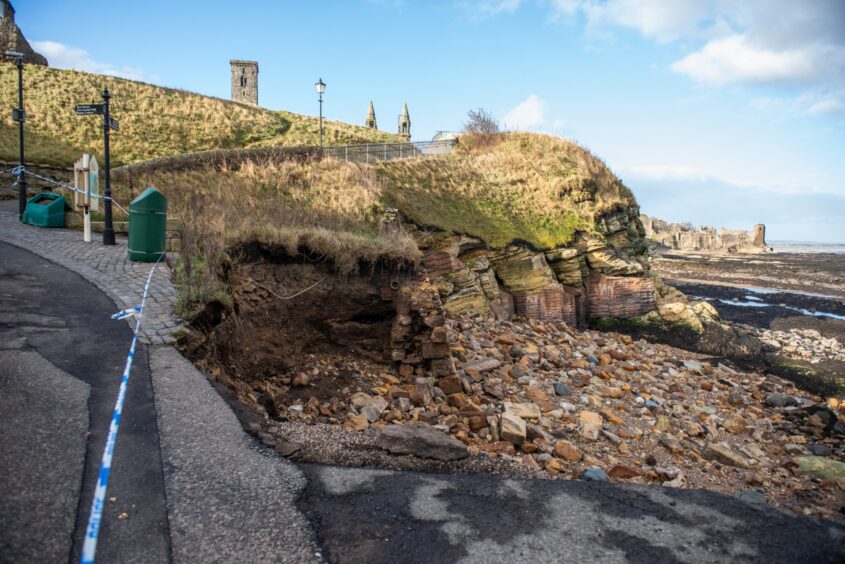
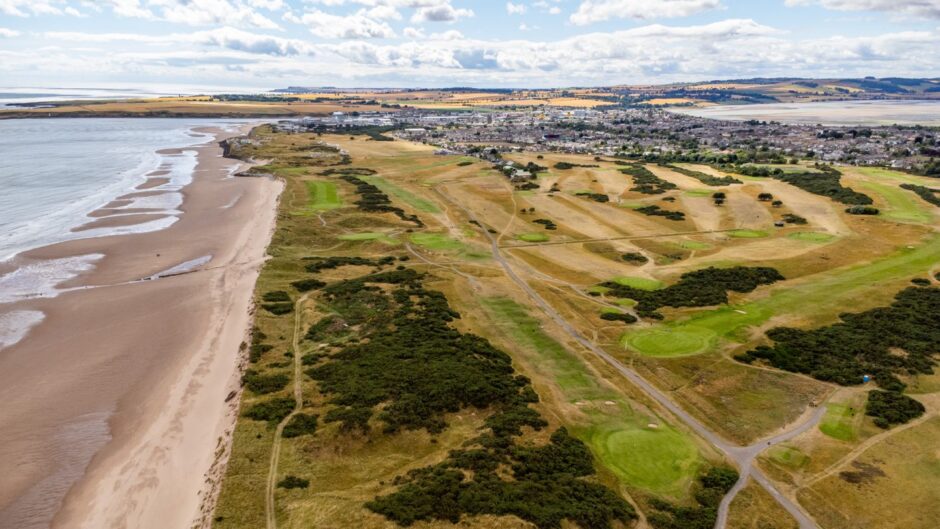
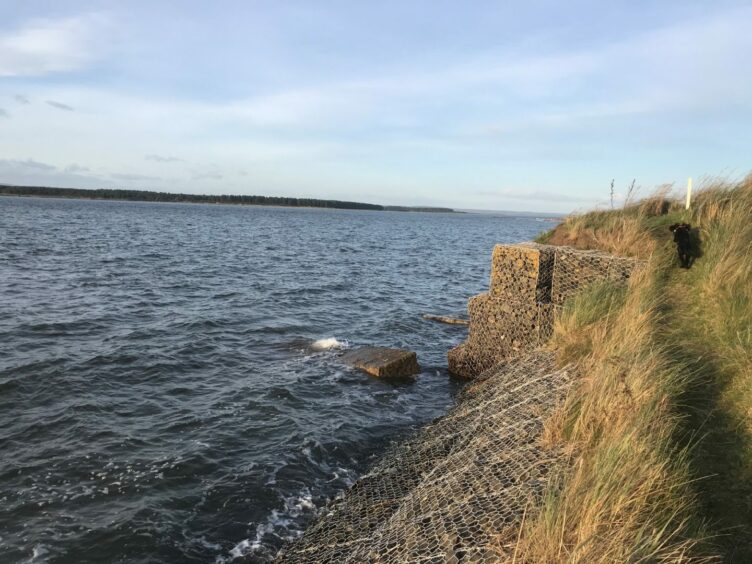
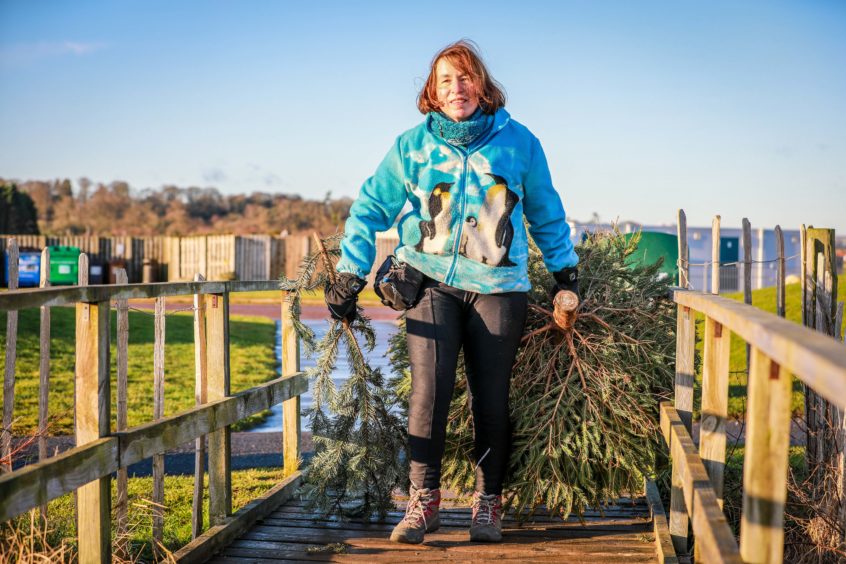
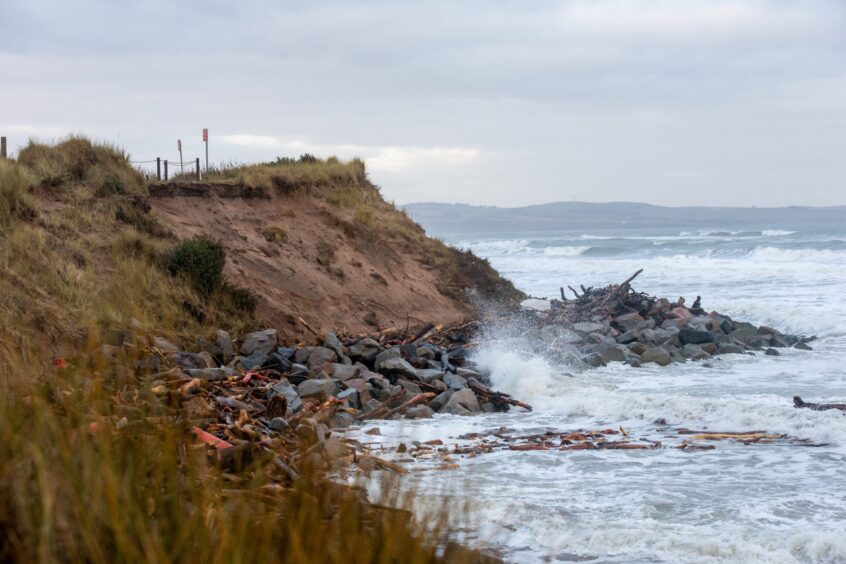










Conversation